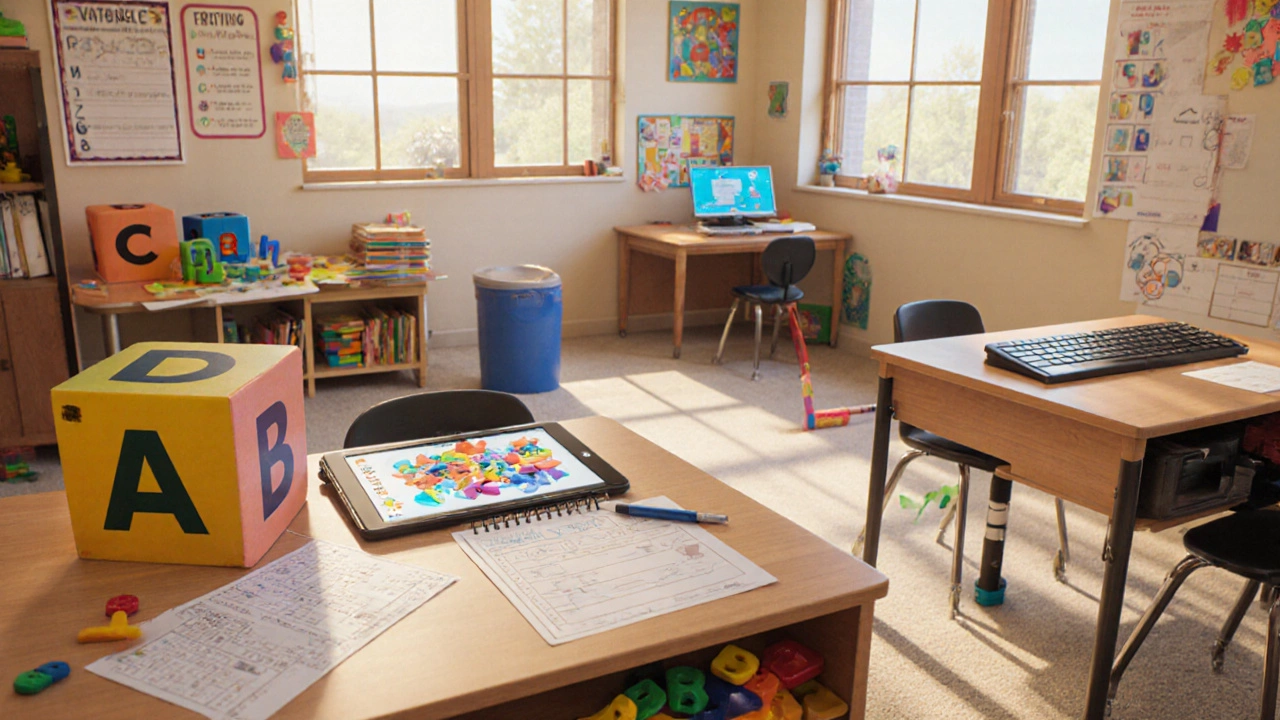Dyscalculia: Understanding and Supporting Math Learning Challenges
When working with Dyscalculia, a specific learning difference that makes it hard to understand numbers, perform calculations, and grasp mathematical concepts. Also known as mathematics learning disability, it affects both children and adults, often co‑existing with other learning difficulties.
Support for dyscalculia usually comes through Special Needs Education, a framework that tailors teaching methods, curriculum pacing, and assessment approaches to individual learners. Using Inclusive Language, terms that respect identity and avoid stigma helps create a safe environment, while Adult Basic Learning, programs focused on literacy and numeracy for grown‑ups offers pathways for those diagnosed later in life. These three pillars—special needs education, inclusive language, and adult basic learning—interact to reduce barriers and boost confidence.
Dyscalculia’s core challenges include difficulty with number sense, memorising facts, and sequencing steps in a problem. For example, a student may struggle to tell time, manage money, or follow a recipe that requires precise measurements. Research shows that around 5‑7% of the population experiences these symptoms, making early identification crucial. The attribute‑value view looks like this: Entity – Dyscalculia; Attributes – number sense, calculation speed, spatial reasoning; Values – delayed skill acquisition, anxiety around math tasks, reliance on visual aids.
Special Needs Education encompasses individualized learning plans that adjust pacing and use multisensory tools. Inclusive Language influences how students perceive their abilities, reducing stigma and encouraging participation. Adult Basic Learning requires flexible scheduling and practical contexts, such as budgeting workshops, to make math relevant. Together, these elements enable learners to build confidence, practice real‑world numeracy, and gradually close gaps.
Practical strategies start with breaking tasks into bite‑size steps, using visual aids like number lines, and incorporating games that reinforce concepts without pressure. Teachers can adopt the “spaced repetition” technique—reviewing key facts at increasing intervals—to cement memory. Parents benefit from encouraging daily numeracy activities, such as cooking or shopping, which turn abstract numbers into tangible experiences. For adults, enrolling in courses that blend literacy with numeracy, as highlighted in our “Adult Basic Learning” guide, turns learning into a manageable, goal‑oriented process.
Below you’ll find a curated collection of articles that dive deeper into these topics—from the psychology behind learning struggles to the latest inclusive language guidelines. Whether you’re a teacher, parent, or adult learner, the resources ahead will give you actionable insights to support anyone dealing with dyscalculia.

Understanding the Four D's of Learning Disabilities: Dyslexia, Dysgraphia, Dyscalculia, Dyspraxia
- by Eliza Fairweather
- on 21 Oct 2025
Explore the four D's of learning disabilities-dyslexia, dysgraphia, dyscalculia, and dyspraxia. Learn their signs, causes, classroom strategies, and how to get proper support.
